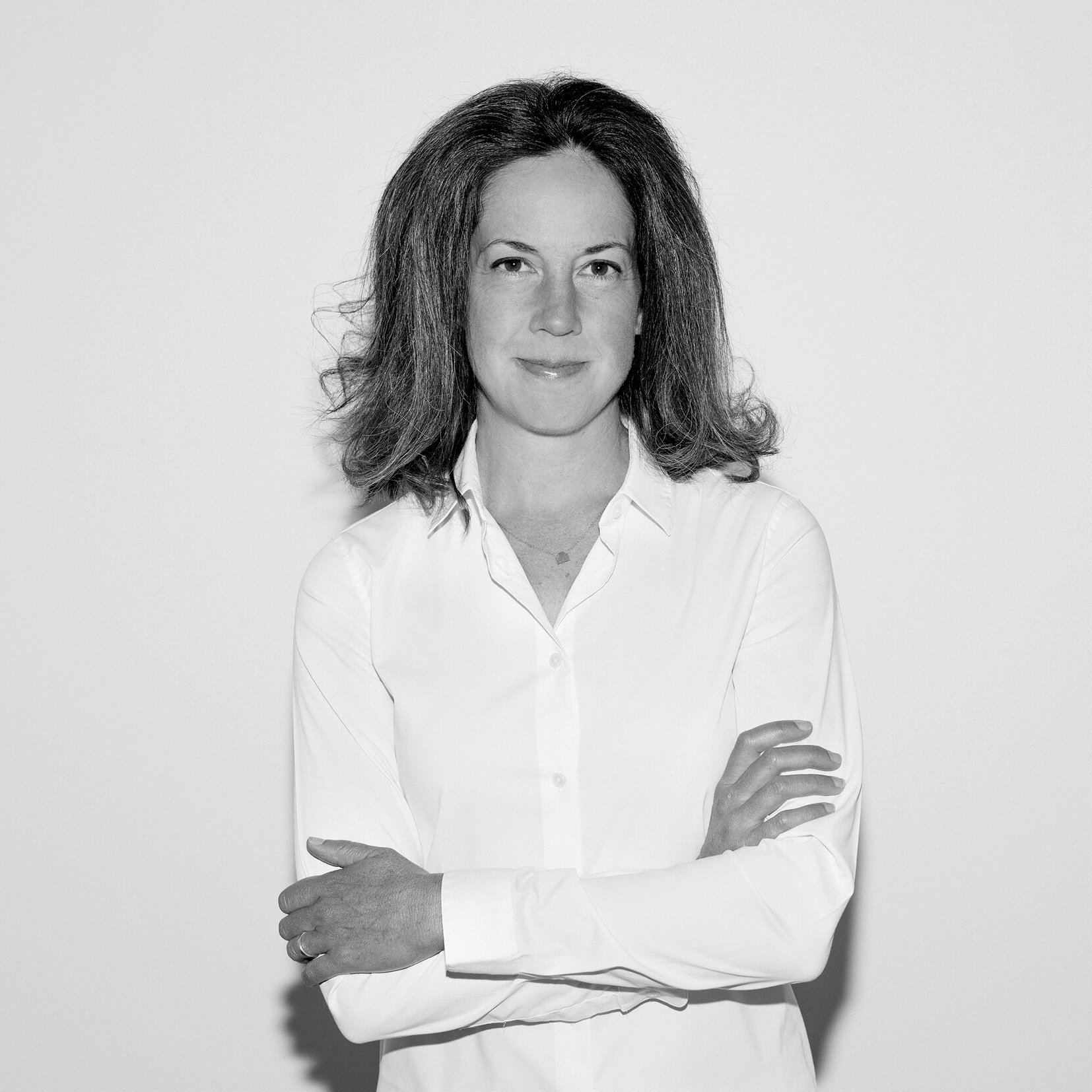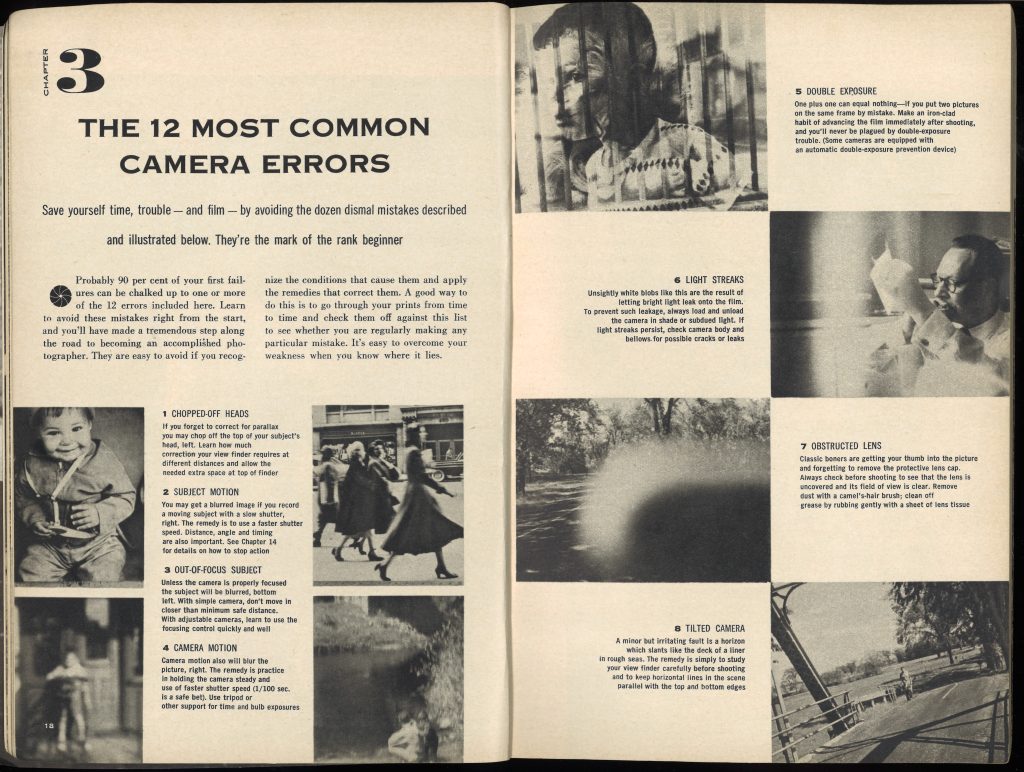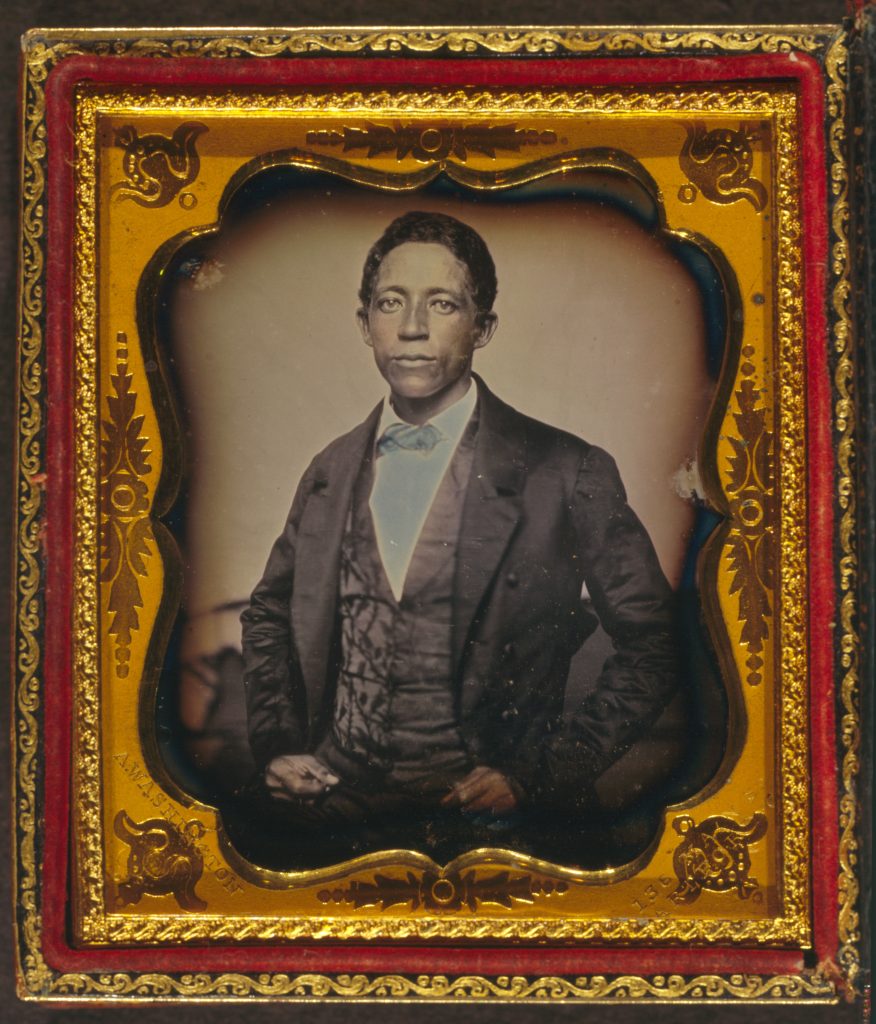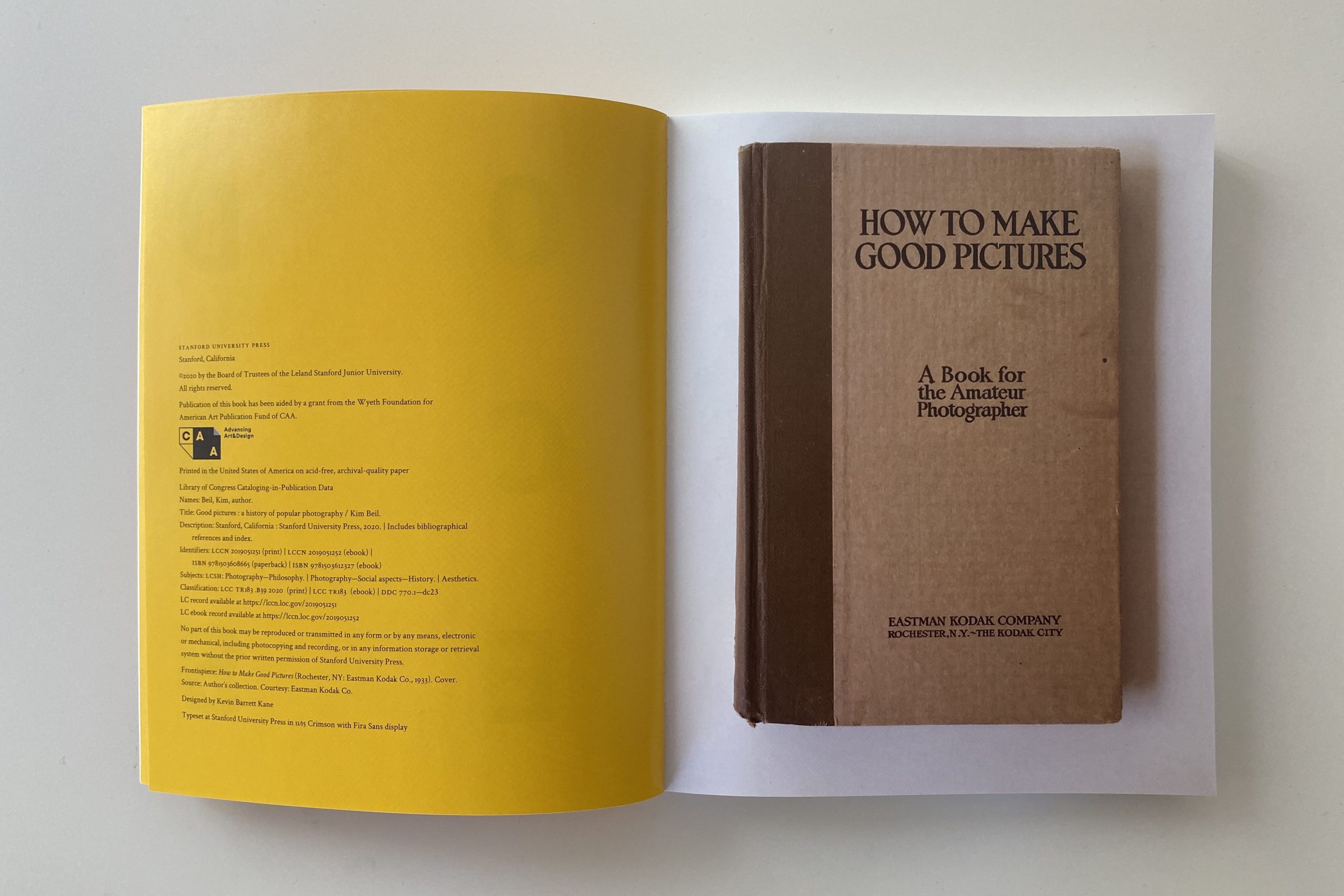What are the most significant technological developments that made it possible for almost everyone to own a photograph, and for almost everyone to make a photograph?
Those were two separate moments, separated by almost two generations. You would think it would be paper photography and the positive/negative process that made it possible for people to own photographs. We think of paper as cheap. But in the U.S., it was actually the tintype. Tintypes were made on thin metal sheets. When the process was patented in 1856, they were described as “ferrotypes,” in reference to their iron content. Tin was associated with thin, cheap materials, and tintype photographs quickly took on that derogatory moniker.
Tintypes could be easily sent through the mail, which was important in the Civil War years. They could be as cheap as 75 cents or $1 for a dozen tintypes. To put that in context, the average daily wage for a man working on a farm in New York in that period was just about a dollar. A tintype was a quarter of the cost of a carte-de-visite. The prices were radically different in the North versus the South during the Civil War, because in the South there were blockades that restricted access to materials.
The release of the Kodak Number 1 in 1888 is what I’d pinpoint as the major shift when amateurs could start making photographs. It was not inexpensive—about $25—but what was transformative was that Kodak sold it with an actual roll of film inside that could take 100 pictures. Then you would send the whole camera, with the roll of film, back to Eastman Kodak for processing. You didn’t have to have a darkroom.
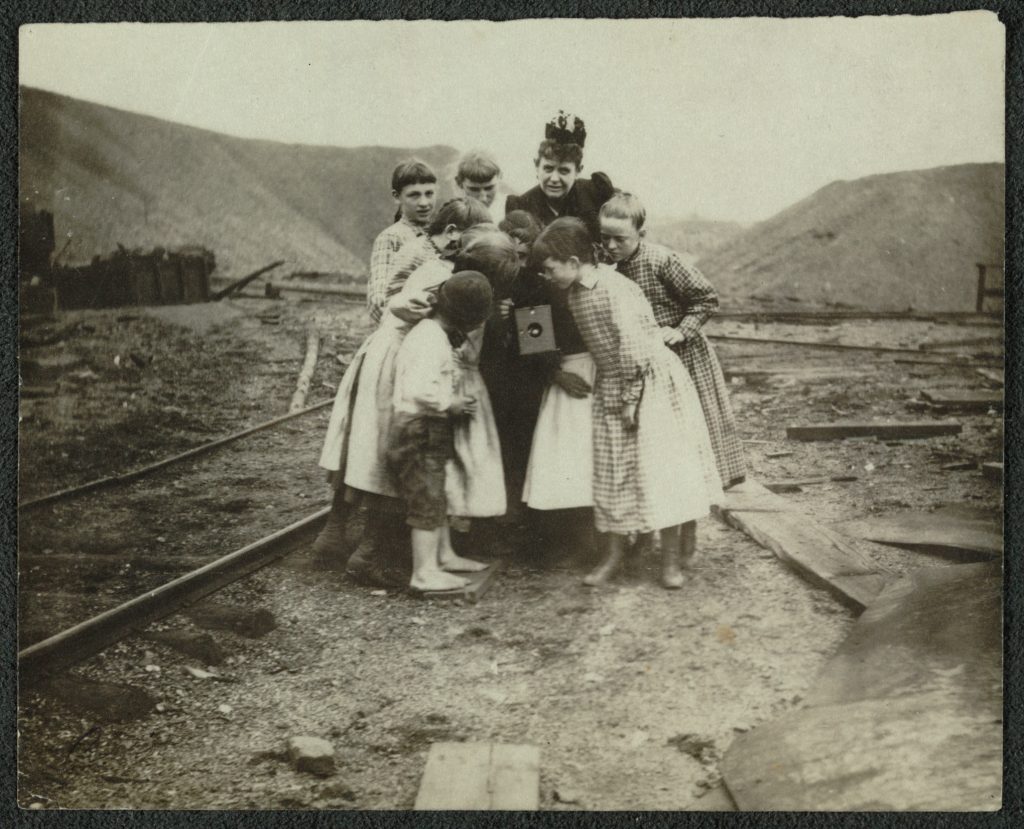
© Frances Benjamin Johnston, “Kodak Creates a Sensation.” Between 1890 and 1900. Library of Congress, Johnston (Frances Benjamin) Collection. The advent of the Kodak Number 1 in 1888 made photography accessible to amateurs, who no longer needed a darkroom.
Photography moves one step closer to being widely accessible in 1900 when the Kodak Brownie was released. A Brownie was only $1, and a roll of film could be purchased for 15 cents. In their first year of production, there were 150,000 cameras sold, which is more than all of the cameras Kodak had sold since the original Kodak’s first decade.
What was the cultural or societal impact of all these cameras?
One of the most important changes is the notion of privacy—the question of who has a right to their own image. When the first Kodak was released in 1888, there were editorials describing all the people on the trains heading to the beach with a Kodak around their necks. Where people previously had a sense they could comport themselves differently at a sports event or tourist destination, suddenly your image could travel without you and without your permission. There was a famous case brought before the courts involving a woman whose image was taken and used to advertise products without her consent. There was a lot of concern about how one should be represented in public, especially for women.
